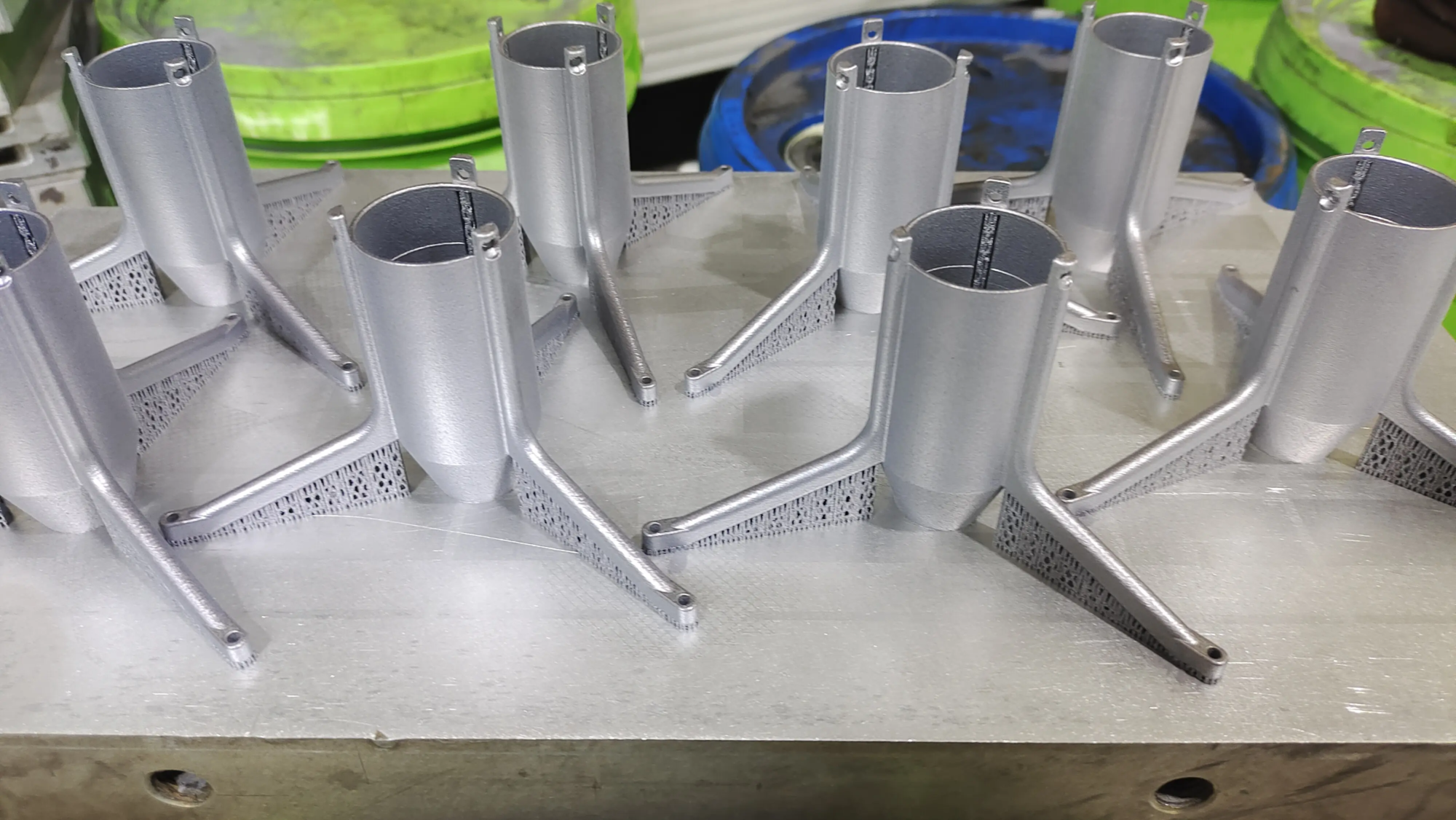On April 15, 2025, the 100th Liquid Oxygen Methane Rocket Engine in the Tianque series developed independently by Blue Arrow Aerospace was successfully launched. This step indicates that the commercial aerospace energy industry in my country has entered a large -scale stage of application, and also shows that the national aerospace manufacturing industry inaugurates technological innovation. 3D printing technology, as an important factor in promoting this achievement, becomes a key engine for innovative development for Chinese private aerospace companies.
It is understood that the “Tianque” engine is the largest Cryogenic liquid rocket engine with a double push in China, and it is also the third motor with high -level liquid oxygen rocket in the world to finish the complete assessment of the system tests after the Raptor and Origin Beto Blue Engine from SpaceX. In September of last year, Zhuque III’s test arrow carried out a 10 -kilometer vertical landing flight and landing test. During the second half of this year, Zhuque III will inaugurate its first flight and should become the first recyclable launch vehicle in my country.
It is reported that the proportion of engines in the Tianque series is greater than 60%, including the half-system and most of the main components of the whole system are self-fabricated. In order to achieve this goal, Blue Arrow Aerospace has adopted many metallic 3D printing technologies. According to its engineers, the traditional manufacturing process of engines is like the ivory sculptor by hand, which requires a cut, welding and crushing hundreds of parts, and the risk of failure is high.Through 3D printingNot only can engine manufacture reliability be improved, but can also reduce material waste, thus shortening the production cycle.
According to information published by Berlit, a 3D printing company that previously co -opted with Blue Arrow Aerospace, 3D printing is used for engine joint parts, ignition support, air fuselage part and combustion chamber.
Since the successful test of the first Tianque-10 engine in 2019 in the 100th current engine being launched, Blue Arrow Aerospace has leap from technical verification to mass production in just five years. Behind that, breakthroughs in domestic 3D printing equipment, materials and processes are inseparable:
– Equipment autonomy: Blue Arrow Aerospace uses large domestic metallic 3D printers, which successfully meet the manufacturing needs of spare parts with a diameter of more than 1 meter;
– Material innovation: High -temperature alloy material with high resistance, capable of resisting high temperatures exceeding 2000 ℃ in the engine combustion chamber;
– Process standardization: Blue Arrow Aerospace has established an aerospace 3D level printing system to ensure that the performance of each engine is consistent.
Thanks to these technological breakthroughs, my country has become the second country in the world to control the mass production capacity of large-size liquid oxygen methane motors after the United States. This not only provides technical support for the subsequent launch of high frequency of the Rockets of the Suzaku series, but also injects new momentum into the development of the Chinese aerospace industry.
Mass production of 100 tianque engine units shows the rapid transformation of Chinese commercial aerospace of “laboratory innovation” in “industrial implementation”. The in -depth application of 3D printing technology changes the aerospace manufacturing model:
– Agile development: The design, manufacturing and test cycles have been shortened from the level “of the year” to “month”, considerably improving the efficiency of research and engine development;
– Cost reduction: The cost of producing a single engine has decreased considerably compared to traditional manufacturing methods, reducing the costs of commercial rockets;
– Autonomous controllable: The increase in the location rate of key processes and equipment reduces the risk of “strangulation neck”.
With the accelerated development of commercial aerospace, with more 3D -flying printed motors in space, Chinese aerospace will also inaugurate a new era at low cost and high frequency.
It is also used in the aviation field. In January 2025, the fully additive manufacturing turbojet engine of 160 kg of 160 kg successfully completed the compressor performance assessment test in Zhuzhou. This engine is the first fully additive manufacturing aircraft engine in China. It can be widely used in high -end model aircraft, small planes and drones and other planes, which offers it electric support.
Note: A certain content comes from CCTVmilitary





